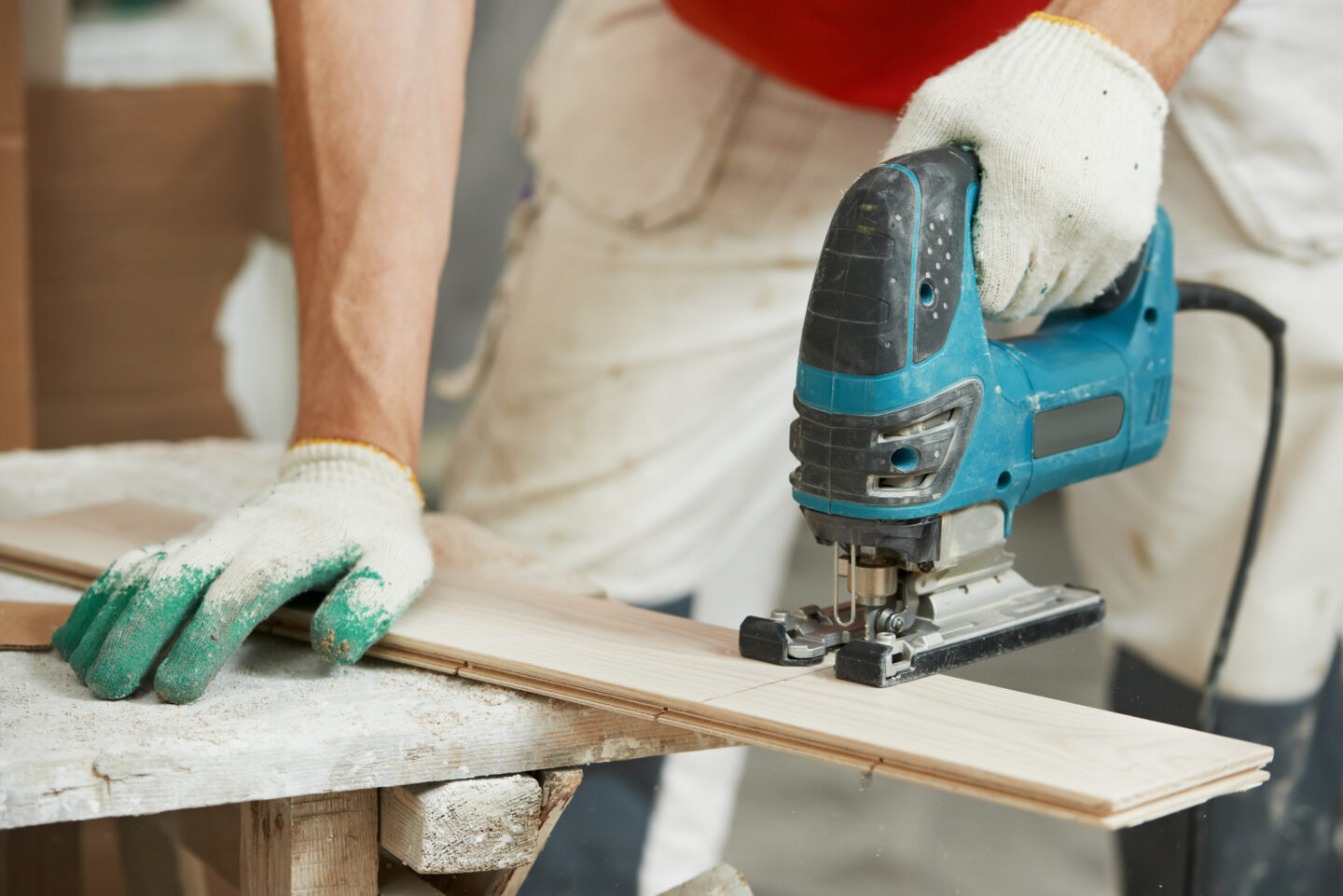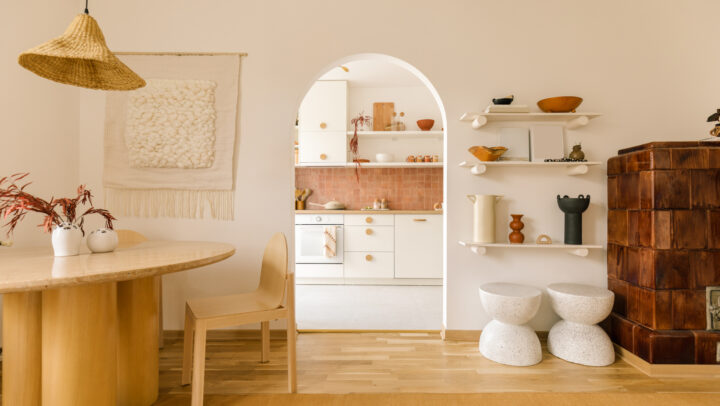Home Improvement Project ROI
Many home improvement projects can improve your home's value. Here's how to get the most bang for your buck on your home improvement plans and tips on how to pay for them.

Written by Francesca Faris on September 10, 2015
IN THIS ARTICLE:
- Most Common Home Improvement Projects
- How Do I Price the Project and Find Service Providers?
- How Will I Pay For It?
It's easy and fun to plan home improvements, but not all projects have the same impact on your home's value, so you must plan carefully. Here's a summary of how to get the most bang for your buck, as well as notes on how to pay for home improvements.
Most Common Home Improvement Projects
Every year, Remodeling Magazine compares national average costs for popular remodeling projects with the value those projects retain when the homes sell. Each year this cost vs. value analysis turns up similar trends on which projects deliver the most return on investment (ROI).
- Replacing your front door and your garage door are relatively cheap projects delivering 85-100 percent ROI due to their high functionality plus curb appeal.
- Siding replacements and wood deck additions are slightly more expensive projects delivering 70-80 percent ROI.
- A minor kitchen remodel will deliver 70-80 percent ROI, whereas a major kitchen remodel will deliver about 65 percent ROI.
- Window replacement will deliver 68-78 percent ROI.
- Roof replacement will deliver 60-70 percent ROI.
- Bathroom remodel will deliver 60-70 percent ROI.
These are just a few examples of projects, and use national averages for mid-range homes. These numbers change based on region and city, as well as mid-range versus upscale homes.
See today’s refinance rates on Zillow

How Do I Price the Project and Find Service Providers?
You can plan home improvement projects by category, and price each element of the job including materials and labor on a line-item basis.
And when you're ready to take action, you can also find a home improvement pro to formally bid the job for you.
How Will I Pay For It?
If you've determined that your project's ROI is suitable and you're going to move forward with it, the most common ways to finance home improvements are:
- Paying cash from savings
- Using a Home Equity Line of Credit (HELOC), which is a second mortgage you can put on your home. It functions like a credit card in that you can draw on it (using a checkbook or credit card) when you need it. You can put a HELOC in place and leave it at a zero balance until you need it, and you'll only ever have a monthly payment on the account if you use it. A HELOC lender can tell you more about obtaining and using a HELOC.
- Doing a cash-out refinance of your existing first mortgage. This might result in a higher rate than you have today, since cash-out refinances can have higher rates than purchase loans or traditional refinances. Ask your lender to brief you on your options based on your profile.
- Gift from family member. Gift tax is imposed on the donor, not the receiver, but most gifts can be given tax-free.
- Credit card. This is the most expensive of all options listed here, and, unlike a HELOC, the interest you pay isn't tax deductible.
Tap into your home equity
A Home Equity Line of Credit (HELOC) can cover home improvements that add value to your property.
Zillow Group Marketplace, Inc. NMLS #1303160
Get startedRelated Articles
Get a mortgage with Zillow Home Loans
Go from dreaming to owning with low down payment options, competitive rates and no hidden fees. A dedicated loan officer will guide you until you have your keys in hand.

Zillow Home Loans, NMLS #10287. Equal Housing Lender.



